Home>Garden Essentials>What Is Needed For Good Sports Turf Grass


Garden Essentials
What Is Needed For Good Sports Turf Grass
Modified: October 28, 2024
Find out what is needed to maintain strong and healthy garden turf grass for sports fields. Discover essential tips and techniques for optimal performance.
(Many of the links in this article redirect to a specific reviewed product. Your purchase of these products through affiliate links helps to generate commission for Storables.com, at no extra cost. Learn more)
Introduction
Welcome to the exciting world of sports turf grass! Whether you’re a professional athlete, a sports enthusiast, or someone responsible for maintaining the playing surface, understanding the importance of good sports turf grass is vital. A well-maintained and properly selected turf can make a significant difference in the safety, performance, and overall experience of athletes and players.
Sports turf grass goes beyond being an aesthetic feature; it is a critical component of any sports facility. It provides a durable, resilient, and safe playing surface that can withstand the demands of intense physical activities. From the lush green fields of football stadiums to the perfectly manicured tennis courts, sports turf grass enhances the gameplay while reducing the risk of injuries.
However, achieving and maintaining a high-quality sports turf is not an easy task. It requires careful consideration of several factors, including climate, soil conditions, and grass varieties. Additionally, proper maintenance and care, including mowing, fertilization, irrigation, and pest management, are crucial for keeping the turf healthy and vibrant.
In this article, we will explore the essential elements needed for good sports turf grass. We will discuss the criteria for selecting suitable turf grass, considerations for climate and soil conditions, the various grass varieties available, and the maintenance practices necessary for optimal performance.
Whether you’re a sports facility manager, a groundskeeper, or simply a curious individual looking to expand your knowledge, this article aims to provide you with valuable insights and practical tips to help you achieve and maintain exceptional sports turf grass.
So, let’s dive in and discover what it takes to create a fantastic playing surface that exceeds expectations!
Key Takeaways:
- Choosing the right grass variety and implementing proper maintenance practices are crucial for creating safe, durable, and visually appealing sports turf that enhances athlete performance and enjoyment.
- Regular monitoring, timely action, and effective cultural practices help prevent and address common sports turf issues, ensuring the turf’s quality and playability for athletes and spectators.
Read more: What Is Turf Grass
Importance of Sports Turf Grass
When it comes to sports, having a high-quality playing surface is of utmost importance. Sports turf grass plays a crucial role in ensuring the safety, performance, and overall experience of athletes and players. Let’s explore why sports turf grass is so important:
- Safety: The primary concern in any sports activity is the safety of the players. A well-maintained turf helps absorb impact, reducing the risk of injuries. It provides a stable surface with adequate traction, minimizing the chances of slips and falls. Furthermore, a healthy turf reduces the likelihood of divots and uneven areas that could pose a threat to players.
- Performance: A high-performance playing surface can significantly impact the gameplay. Sports turf grass with the right characteristics, such as good ball response, consistent footing, and even bounce, can enhance players’ performance. It allows them to execute precise movements, make accurate plays, and perform at their best level.
- Aesthetics: Beautiful, well-maintained sports turf is visually appealing and adds to the overall ambiance of the sports facility. It creates a positive impression on athletes, spectators, and even potential sponsors. Aesthetics can also contribute to the psychological well-being of players, boosting their confidence and motivation to excel in their respective sports.
- Durability: Sports turf grass needs to withstand heavy usage, frequent foot traffic, and the rough play associated with various sports. A robust and durable turf can withstand the wear and tear without losing its quality. It can recover quickly from damage caused by intense gameplay, ensuring the longevity of the playing surface.
- Playability: The playability of a sports surface is crucial for fair competition and enjoyable gameplay. Sports turf grass provides a consistent and level playing field, ensuring that all athletes have an equal chance to showcase their skills. It eliminates unpredictable bounces and irregularities that could impact the outcome of the game.
In summary, sports turf grass is of paramount importance for its safety, performance-enhancing capabilities, aesthetics, durability, and playability. By investing in high-quality sports turf grass and employing proper maintenance practices, sports facilities can create an optimal environment for athletes to excel and spectators to enjoy the thrilling world of sports.
Selection Criteria for Sports Turf Grass
Choosing the right turf grass for sports fields requires careful consideration of various factors. The following criteria should guide your selection process:
- Usage: Consider the type and intensity of sports activities that will take place on the field. Different sports have different requirements in terms of surface firmness, ball response, and traction. For example, football fields need a turf that can withstand rigorous play and provide ample traction, while golf courses require a finely manicured grass for precise putting.
- Traffic Tolerance: Assess the expected foot traffic on the turf. Sports fields that experience heavy use, such as soccer or rugby fields, require grass that can handle constant wear and tear without showing signs of damage. Look for turf varieties known for their traffic tolerance and quick recovery capabilities.
- Climate Suitability: Consider the local climate conditions, including temperature, rainfall, and sunlight exposure. Choose grass varieties that thrive in your specific climate. Warm-season grasses like Bermuda grass and Zoysia grass are better suited for hot and humid climates, while cool-season grasses like Kentucky bluegrass and perennial ryegrass perform well in colder regions.
- Maintenance Requirements: Assess the resources available for maintenance and care. Some grass varieties have higher maintenance demands, such as frequent mowing and precise fertilization schedules. Consider the level of available expertise, time, and budget before selecting a turf grass that aligns with your maintenance capabilities.
- Court Performance: Evaluate the desired playing characteristics for your specific sport. Different grass varieties offer various ball response, surface firmness, and speed of play. Consult with experts or experienced sports field managers to determine the best turf grass options that suit your sport’s requirements.
- Drought Tolerance: In regions with water scarcity or limited irrigation capabilities, choose turf grass varieties that demonstrate good drought tolerance. Look for grasses that can tolerate extended periods of dryness without losing their vigor and green color. This ensures the longevity of the sports field and reduces water consumption.
- Resistance to Disease and Pests: Opt for turf grass varieties that have demonstrated resistance to common diseases and pests in your area. This reduces the need for excessive pesticide application and simplifies the maintenance process.
By considering these selection criteria, you can choose the most appropriate turf grass for your sports field. Consult with local turfgrass experts, sports field managers, or hire professional consultants to guide you in selecting the best-suited grass varieties for your specific needs. Remember, the right choice of turf grass sets the foundation for a successful sports field that stands the test of time.
Climate Considerations
Climate plays a vital role in determining the success and longevity of sports turf grass. Understanding the climate considerations specific to your region is crucial for selecting the most suitable grass varieties and implementing effective maintenance practices. Let’s explore some key climate factors to consider:
- Temperature: The temperature range of your region influences the type of turf grass that can thrive. Warm-season grasses, such as Bermuda grass and Zoysia grass, are better suited for regions with hot summers and mild winters. Cool-season grasses, like Kentucky bluegrass and perennial ryegrass, perform well in areas with cold winters and moderate summers.
- Rainfall: Consider the average annual rainfall in your region. Some grass varieties require more water to maintain their health and vibrancy, while others can tolerate dry periods. If you are in an area with limited rainfall, choose drought-tolerant grass varieties that can survive with minimal irrigation.
- Sunlight Exposure: Determine the amount of sunlight your sports field receives throughout the day. Some grass varieties thrive in full sun, while others can tolerate partial shade. Matching the grass’s light requirements with the sunlight exposure of your field is crucial for ensuring healthy growth and preventing issues like thinning or scalping.
- Humidity: Humidity levels affect the susceptibility of turf grass to diseases and pests. High humidity can create a favorable environment for fungal diseases, while low humidity may increase the risk of drought stress. Choose grass varieties that are well-adapted to the predominant humidity levels in your area.
- Frost and Freezing: If your region experiences frost or freezing temperatures, select grass varieties that can withstand these conditions. Cool-season grasses have better tolerance for cold temperatures, while warm-season grasses may go dormant or suffer damage during freezing periods.
- Microclimates: Consider any microclimates within your sports field. Areas with different environmental conditions, such as heavy shade or high wind exposure, may require specific grass varieties or additional maintenance practices to ensure consistent growth and performance.
Consulting with local turfgrass experts or extension services can provide valuable insight into the climate considerations specific to your region. They can recommend grass varieties that have proven success in similar climate conditions and provide guidance on the best practices for maintaining the turf under those specific circumstances.
By taking climate considerations into account, you can choose turf grass varieties that are well-adapted to your region’s environmental conditions. This ensures optimal performance, longevity, and overall success of your sports field.
Soil Requirements
Understanding the soil requirements for sports turf grass is essential for creating a healthy and thriving playing surface. The quality and composition of the soil play a significant role in the grass’s ability to establish roots, absorb nutrients, and withstand the demands of intense physical activity. Here are the key soil requirements to consider:
- Drainage: Good soil drainage is crucial for preventing waterlogging and maintaining a healthy root system. Poor drainage can lead to root rot and other diseases, as well as create a muddy and unsafe playing surface. Ensure that the soil has adequate drainage capabilities to allow water to move away from the surface efficiently.
- Texture: Soil texture refers to the proportions of sand, silt, and clay particles. It affects the soil’s ability to retain moisture and nutrients. Sports turf grass typically thrives in loam or sandy loam soils, which offer a good balance between water-holding capacity and drainage. Avoid heavy clay soils that can become compacted and hinder root growth.
- pH level: The pH level of the soil indicates its acidity or alkalinity. Most turf grasses prefer a slightly acidic to neutral pH range between 6.0 and 7.0. Conduct a soil test to determine the pH level and make necessary adjustments with lime or sulfur to bring it within the appropriate range for optimal grass growth.
- Nutrient Content: The soil should have an adequate supply of essential nutrients for grass growth, such as nitrogen, phosphorus, potassium, and micronutrients. Conduct a soil test to assess the nutrient levels, and amend the soil as needed with appropriate fertilizers to provide the necessary nutrients for healthy turf growth.
- Organic Matter: Soil with a good amount of organic matter, such as compost or well-aged manure, improves the soil structure, promotes nutrient retention, and enhances microbial activity. Regular application of organic matter can help maintain a healthy soil ecosystem and support robust grass growth.
- Compaction: Compacted soil restricts root penetration and inhibits water and nutrient absorption. Aerate the soil regularly to alleviate compaction and promote a healthy root system. Core aeration or solid tine aeration can be employed, depending on the degree of compaction.
It is important to assess the soil conditions of your sports field before establishing or renovating the turf. Conducting a soil test will provide valuable information about the soil’s characteristics, nutrient content, and pH level. Based on the soil test results, appropriate amendments can be made to optimize the soil conditions for sports turf grass.
Remember, healthy soil provides a solid foundation for healthy turf growth. By addressing soil requirements and implementing proper soil management practices, you can create a robust and resilient playing surface that exceeds expectations.
Read more: What Is The Cost Of Lawn Turf
Grass Varieties for Sports Turf
Choosing the right grass variety is a crucial step in creating a high-performance sports turf. Different grass varieties offer unique characteristics in terms of durability, playability, maintenance requirements, and aesthetics. Here are some popular grass varieties commonly used for sports turf:
- Bermuda Grass: Bermuda grass is a warm-season grass that thrives in hot and humid climates. It is known for its excellent wear tolerance, rapid recovery, and good drought resistance. Bermuda grass provides a dense and resilient playing surface, making it a popular choice for football, baseball, and soccer fields.
- Zoysia Grass: Another warm-season grass, Zoysia grass, performs well in both full sun and partial shade. It exhibits excellent wear and traffic tolerance, as well as good drought and heat resistance. Zoysia grass offers a dense and attractive turf, suitable for golf courses, football fields, and tennis courts.
- Kentucky Bluegrass: Kentucky bluegrass is a cool-season grass that excels in regions with cold winters and moderate summers. It is known for its exceptional visual appeal, fine texture, and excellent self-repairing capabilities. Kentucky bluegrass offers good wear tolerance and performs well in high-traffic areas, making it suitable for soccer fields, baseball outfields, and golf fairways.
- Perennial Ryegrass: Perennial ryegrass is another cool-season grass that establishes quickly and provides rapid cover on sports fields. It offers excellent wear tolerance, high disease resistance, and a lush, green appearance. Perennial ryegrass is often used as an overseeding grass for winter or dormant warm-season sports fields.
- Tall Fescue: Tall fescue is a versatile cool-season grass that adapts well to various soil types and growing conditions. It exhibits excellent shade tolerance, good wear resistance, and can tolerate drought conditions. Tall fescue is commonly used in parks, recreational fields, and golf course roughs.
- Buffalo Grass: Buffalo grass is a warm-season grass native to the Great Plains region. It offers exceptional drought tolerance, low water requirements, and minimal maintenance. Buffalo grass is often used for low-maintenance sports fields and eco-friendly landscaping projects.
When selecting a grass variety for your sports turf, consider factors such as climate suitability, maintenance requirements, playability characteristics, and budget constraints. It is also essential to consult with local turfgrass experts or extension services to determine the best grass varieties for your specific region and sport.
Keep in mind that a blend of different grass varieties may be used to optimize the turf’s performance and resilience. The specific grass seed mixture will depend on factors like sun exposure, soil conditions, and the sport played on the field. By choosing the right grass varieties, you can ensure a durable, attractive, and high-performing sports turf that meets the unique requirements of your facility.
Maintenance and Care
Maintaining and caring for sports turf is essential for ensuring its longevity, playability, and aesthetic appeal. Regular maintenance practices, including mowing, fertilization, irrigation, and pest management, are vital for keeping the turf healthy and vibrant. Let’s explore the key aspects of sports turf maintenance and care:
- Mowing Techniques: Proper mowing is crucial for maintaining the ideal turf height and promoting healthy growth. Set the mower blades at the appropriate height for your grass variety, ensuring you do not remove more than one-third of the grass blade at any given time. Regular mowing helps prevent thatch buildup, encourages lateral growth, and maintains an even playing surface.
- Fertilization and Weed Control: Apply the right fertilizers at the recommended times to provide the turf with essential nutrients for healthy growth. Follow a regular fertilization schedule based on soil test recommendations and grass species requirements. Additionally, implement a weed control program to prevent the growth and spread of weeds that can compete with the turf for nutrients and space.
- Irrigation and Drainage Systems: Ensure proper irrigation to keep the turf adequately hydrated, while also preventing overwatering. Install an efficient irrigation system that provides uniform water distribution and minimizes water waste. Consider the soil type, grass variety, and climate conditions when establishing an irrigation schedule. Also, maintain effective drainage systems to prevent waterlogging and ensure swift water removal from the playing surface.
- Disease and Pest Management: Implement a proactive disease and pest management program to minimize turf damage. Regularly monitor the turf for signs of diseases, such as discolored patches or fungal growth, and take prompt action when necessary. Adequate cultural practices, such as proper mowing, fertilization, and irrigation, can help prevent many disease and pest issues. Consult with turfgrass professionals to identify and address specific disease and pest problems.
- Overseeding and Renovation: Over time, sports turf may require overseeding or renovation to maintain its density and performance. Overseeding involves spreading grass seed over the existing turf to fill in thin or bare areas. Renovation may involve more extensive measures, such as aerating, dethatching, and topdressing. These practices help rejuvenate the turf, improve its playability, and extend its lifespan.
- Regular Inspections: Perform regular inspections of the sports turf to identify any issues that require attention. Look for signs of wear, divots, drainage problems, or uneven surfaces. Timely detection and resolution of problems can prevent them from worsening and impacting the safety and quality of the playing surface.
Regular and consistent maintenance practices are crucial for the overall health and performance of sports turf. Develop a detailed maintenance plan based on the specific needs of your grass variety, climate conditions, and level of play. Consult with turfgrass experts, sports field managers, and your maintenance team to create a comprehensive maintenance program that ensures the longevity and success of your sports turf.
Remember, a well-maintained turf not only enhances the aesthetics of the facility but also contributes to the safety and enjoyment of the athletes and players who utilize it.
Regular aeration of sports turf grass is essential for maintaining healthy and strong roots. This allows for better water and nutrient absorption, leading to a more resilient and durable playing surface.
Mowing Techniques
Mowing is a critical aspect of sports turf maintenance that directly impacts its playability, appearance, and overall health. Proper mowing techniques help to maintain the ideal turf height, encourage lateral growth, prevent thatch buildup, and create an even playing surface. Here are some key considerations for effective mowing:
- Turf Height: Determine the recommended turf height based on the grass variety you have. Different grasses have specific height requirements for optimal performance. Avoid cutting the grass too short, as it can weaken the turf, increase water loss, and make it more susceptible to stress, diseases, and weed invasion.
- Mowing Frequency: Establish a regular mowing schedule appropriate for the growth rate of your grass variety and the intensity of use on the field. The goal is to remove no more than one-third of the grass blade length at any one mowing. Frequent mowing helps to maintain a uniform turf height, encourage denser growth, and prevent thatch accumulation.
- Mower Blades: Ensure that the mower blades are sharp and properly adjusted. Dull blades can tear and shred the grass, leading to an uneven appearance and increased susceptibility to disease. Check the blade height, ensuring that it enables a clean cut without scalping or damaging the turf. Sharpen or replace the mower blades regularly for optimal results.
- Alternate Mowing Patterns: Vary the mowing direction and patterns with each mowing session. Changing the mowing pattern helps minimize soil compaction and prevent the turf from leaning or growing in one direction. It promotes more upright growth and a more uniform playing surface.
- Grass Clippings: Ideally, leave grass clippings on the field as they decompose quickly and act as a natural fertilizer, returning nutrients to the soil. This practice, known as “grasscycling,” helps to reduce the amount of organic matter thatch buildup and the need for excessive fertilization. However, if excessive clipping residues accumulate and affect turf quality, consider bagging the clippings temporarily until the situation improves.
- Mowing Height Adjustments: Adjust the mowing height according to the changing seasons and weather conditions. During periods of high heat or drought stress, raising the mowing height can help shade the soil, reduce water loss, and protect the turf. Conversely, during optimal growing conditions, slightly lower the cutting height to encourage lateral growth and maintain a dense sward.
It’s important to recognize that mowing is both a maintenance practice and an art. Tailor your mowing techniques based on the specific requirements of your grass variety, local climate, and level of play. Regular mowing, carried out correctly and consistently, will help create a well-maintained, attractive, and high-performing sports turf that athletes can enjoy and excel on.
Fertilization and Weed Control
Fertilization and weed control are essential aspects of sports turf maintenance. A well-executed fertilization program ensures that the turf receives the necessary nutrients for healthy growth and optimal performance. Effective weed control helps to maintain a clean and uniform playing surface by minimizing weed competition. Let’s delve into these key practices:
- Soil Testing: Conduct regular soil testing to determine the nutrient levels and pH of the soil. Soil analysis helps identify any nutrient deficiencies or imbalances, allowing you to make informed decisions about fertilizer application. Contact a local extension service or turfgrass professional for assistance with collecting soil samples and interpreting the results.
- Fertilizer Selection: Choose fertilizers specifically formulated for sports turf usage. Consider the nutrient requirements of your grass variety, soil test results, and the timing of application. Balanced fertilizers with a nitrogen-phosphorus-potassium (NPK) ratio that suits the turf’s growth stage and seasonal needs are typically recommended. Use slow-release fertilizers to provide consistent nutrient availability and minimize the risk of nutrient leaching.
- Fertilizer Application: Follow the manufacturer’s instructions for proper fertilizer application rates and techniques. Apply fertilizers evenly over the turf to avoid burning the grass or causing uneven growth. Consider splitting the total fertilizer application into multiple smaller doses throughout the growing season, particularly for fast-growing warm-season grasses.
- Weed Identification: Regularly inspect the sports turf for weed growth and promptly identify the types of weeds present. Different weeds may require specific control methods or herbicides. Proper identification helps you choose the most effective and targeted weed control strategies, reducing the risk of damage to the turf.
- Integrated Weed Management: Implement an integrated weed management approach that combines various control methods. Cultural practices, such as appropriate mowing height, overseeding, and proper irrigation, can help minimize weed growth. Hand removal or spot treatment can effectively control isolated weeds. Herbicides should be used judiciously and strictly according to label instructions.
- Preventive Weed Control: Apply pre-emergent herbicides before weed seeds germinate to prevent weed establishment. Timing is crucial, as these herbicides need to be applied prior to weed seed germination. Consult with a turfgrass professional to determine the most appropriate pre-emergent herbicides for your specific weed species and regional conditions.
Remember, weed control is an ongoing effort. Regular monitoring, quick action against weeds, and proper cultural practices will help maintain a weed-free turf. Avoid excessive use of herbicides, as over-reliance can lead to herbicide resistance and environmental concerns.
A well-planned fertilization program combined with effective weed control practices will contribute to a healthy, vibrant, and visually appealing sports turf. Consult with turfgrass experts or extension services for customized fertilization recommendations and weed control strategies tailored to your specific grass variety, climate, and maintenance goals.
Read more: What Are The Alternatives To Astro Turf?
Irrigation and Drainage Systems
Irrigation and drainage systems are critical components of sports turf management. Proper watering and effective water removal are essential for maintaining turf health, playability, and longevity. Let’s explore the key considerations for irrigation and drainage:
- Water Requirements: Determine the water needs of your specific grass variety, taking into account factors such as climate, soil type, and local water restrictions. Different grasses have varying water requirements, so it’s important to water in a way that meets the turf’s needs without overwatering.
- Irrigation System Design: Install an efficient and properly designed irrigation system that delivers water uniformly across the sports turf. Consider the size of the field, water pressure, sprinkler types, and spacing to ensure adequate coverage. Use professional guidance to select the appropriate irrigation system and consult local regulations regarding water usage.
- Irrigation Scheduling: Develop an irrigation schedule based on the grass’s water requirements, evapotranspiration rates, and rainfall patterns. Optimize water efficiency by irrigating during the early morning or late evening when evaporation rates are lower. Consider using weather-based smart controllers that adjust irrigation based on real-time weather conditions and soil moisture sensors.
- Watering Depth and Frequency: Water deeply and infrequently to encourage deep root growth. This helps the turf establish a strong root system and promotes drought tolerance. Apply enough water to moisten the soil to a depth of 6-8 inches, and adjust irrigation frequency based on evapotranspiration rates and soil moisture levels.
- Drainage Systems: Ensure effective drainage to prevent waterlogging and promote healthy turf growth. Adequate drainage prevents the accumulation of excess water, which can lead to root suffocation, disease development, and surface compaction. Utilize surface drains, aeration, and slope grading techniques to facilitate water removal and create a well-drained playing surface.
- Monitor Soil Moisture: Regularly monitor soil moisture levels using a moisture meter or by visually assessing the turf’s appearance and the soil’s feel. Avoid overwatering, as this can lead to shallow root growth, increased disease susceptibility, and unnecessary water waste. Irrigate only when necessary and adjust irrigation schedules based on weather conditions and evolving turf needs.
Efficient irrigation and drainage systems help maintain a healthy playing surface while conserving water. By properly balancing water application with drainage capabilities, you can provide the turf with the right amount of moisture for optimal growth and performance.
Consult with irrigation specialists or turfgrass professionals to design or optimize your irrigation and drainage systems according to your specific turf requirements. Regularly monitor and maintain the systems to ensure they continue to function effectively over time. Additionally, adhere to local regulations and water conservation practices to preserve this precious resource.
Disease and Pest Management
Maintaining the health and vitality of sports turf requires effective disease and pest management practices. Diseases and pests can cause significant damage to the playing surface and compromise its overall quality. Implementing a proactive management program is essential to minimize the risk of turf damage. Let’s explore key considerations for disease and pest management:
- Regular Monitoring: Keep a close eye on the turf for signs of diseases and pests. Regular inspections help detect problems early, allowing for timely intervention and control measures. Look for symptoms such as discoloration, patchiness, wilting, or abnormal growth patterns.
- Cultural Practices: Implement proper cultural practices to promote turf health and reduce disease and pest susceptibility. These practices include regular mowing, appropriate fertilization, adequate irrigation, and sound drainage practices. A well-maintained turf with optimal growing conditions is more resilient to diseases and pests.
- Proper Watering: Avoid overwatering as excessive moisture creates favorable conditions for disease development. Water early in the day to allow the turf to dry before evening, as prolonged leaf wetness can contribute to disease outbreaks. Water deeply and infrequently to encourage deep root growth, which improves overall turf health.
- Integrated Pest Management (IPM): Adopt an IPM approach that combines preventive, cultural, mechanical, and chemical control methods. Set action thresholds for pest populations, and consider non-chemical control measures whenever possible. Use chemical control, such as pesticides, judiciously and strictly according to label instructions.
- Identify and Treat Diseases: Accurate identification of turf diseases is crucial for effective management. Consult with turfgrass professionals or diagnostic laboratories to identify the specific disease affecting your turf. The appropriate treatment, such as fungicide application or cultural practices, can then be implemented to combat the disease.
- Pest Control: Develop a pest management plan that addresses common turf pests such as insects, grubs, and rodents. Regularly monitor and identify pests, and employ targeted pest control methods based on their life cycles. This may include insecticide application, biological controls, or cultural practices to disrupt pest habitats.
Regular education and training for turf managers and maintenance staff are essential for staying updated on the latest disease and pest control strategies. Collaborate with turfgrass experts, university extension services, or professional consultants to develop a comprehensive disease and pest management program tailored to your specific region and grass variety.
Remember, an integrated and proactive approach to disease and pest management helps maintain a healthy, vigorous, and aesthetically pleasing sports turf. By regularly monitoring, implementing appropriate cultural practices, and employing targeted control measures, you can minimize the impact of diseases and pests on your playing surface.
Common Sports Turf Grass Issues
Sports turf grass can face various challenges that affect its appearance, playability, and overall health. Being aware of these common issues and understanding how to address them is essential for maintaining a top-quality playing surface. Let’s explore some of the most common sports turf grass issues:
- Weeds: Weeds compete with turf grass for nutrients, water, and sunlight. Common weeds like dandelions, crabgrass, and clover can quickly invade and spread if not effectively controlled. Implement a proactive weed control program that combines cultural practices, such as proper mowing height and overseeding, with targeted herbicide applications to minimize weed presence.
- Thatch Buildup: Thatch is a layer of dead organic matter that accumulates between the grass blades and the soil. Excessive thatch buildup can create a spongy surface, hinder water infiltration, and provide a favorable environment for pests and diseases. Regular aeration, overseeding, and proper fertilization help to manage thatch buildup and promote its decomposition.
- Compaction: Heavy use and foot traffic can lead to soil compaction, which restricts root growth and impedes water and nutrient absorption. Compacted soil creates a hard playing surface that is prone to wear and tear. Aeration, deep tine cultivation, and implementing proper traffic management techniques can alleviate compaction and improve turf health.
- Diseases: Turf diseases, such as brown patch, dollar spot, or fusarium patch, can cause discoloration, thinning, and even death of the grass. Optimal cultural practices, including proper watering, mowing, and fertilization, help prevent the onset and spread of diseases. Timely identification and treatment are crucial for effective disease management. Consider consulting with turf specialists or diagnostic laboratories to accurately diagnose and address disease issues.
- Overuse and Wear: Sports fields that experience heavy use can suffer from excessive wear, resulting in thinning or bare patches and uneven playing surfaces. Implement a rotation and maintenance plan to allow proper turf recovery. Overseeding damaged areas and implementing proper thatch and compaction management practices help maintain a resilient turf stand.
- Insects and Pests: Various insects and pests, such as grubs, worms, or rodents, can cause extensive damage to sports turf grass if left uncontrolled. Regular monitoring and early intervention are crucial for effective pest management. Implement integrated pest management strategies that include cultural practices, biological controls, and targeted insecticide applications, when necessary.
Prevention, regular maintenance, and immediate action are key to managing common sports turf grass issues. Implementing proper cultural practices, maintaining healthy soil, and staying vigilant for early signs of problems help keep the turf in optimal condition. Timely response and appropriate treatment are paramount for preventing issues from escalating and impacting the performance and visual appeal of the playing surface.
When faced with complex or persistent issues, seeking the expertise of turfgrass professionals, university extension services, or specialized consultants can provide valuable insights and recommendations tailored to your specific turfgrass species, regional conditions, and facility requirements.
Conclusion
Creating and maintaining a top-quality sports turf requires careful consideration, knowledge, and dedication. Throughout this article, we have explored the essential elements needed for good sports turf grass, including selection criteria, climate considerations, soil requirements, grass varieties, and maintenance practices.
Sports turf grass plays a crucial role in athlete safety, performance, and overall experience. It provides a stable and durable playing surface, enhances playability, and adds to the aesthetic appeal of the sports facility. By selecting the right grass varieties based on usage, climate, and soil conditions, you can create an ideal playing surface that exceeds expectations.
Maintenance practices such as proper mowing techniques, fertilization, irrigation, pest management, and disease control are vital for the health and longevity of sports turf. Regular monitoring, timely action, and implementing cultural practices specific to your turf’s needs help prevent and address common issues that can impact the turf’s quality and playability.
Remember, sports turf management is an ongoing process that requires ongoing attention and adaptation. Stay informed about the latest turf management techniques, engage with turfgrass professionals, and continuously evaluate and adjust your maintenance practices to ensure optimal turf health and performance.
As a sports facility manager, groundskeeper, or turf enthusiast, your commitment to maintaining and caring for sports turf grass makes a significant impact on the athletes, spectators, and the overall success of your facility. By incorporating the knowledge and best practices discussed in this article, you can create a remarkable sports turf that serves as the foundation for exceptional gameplay, unforgettable experiences, and a sense of pride for everyone involved.
So, put your newfound knowledge into action, get out there, and create a sports turf that leaves a lasting impression!
Frequently Asked Questions about What Is Needed For Good Sports Turf Grass
Was this page helpful?
At Storables.com, we guarantee accurate and reliable information. Our content, validated by Expert Board Contributors, is crafted following stringent Editorial Policies. We're committed to providing you with well-researched, expert-backed insights for all your informational needs.
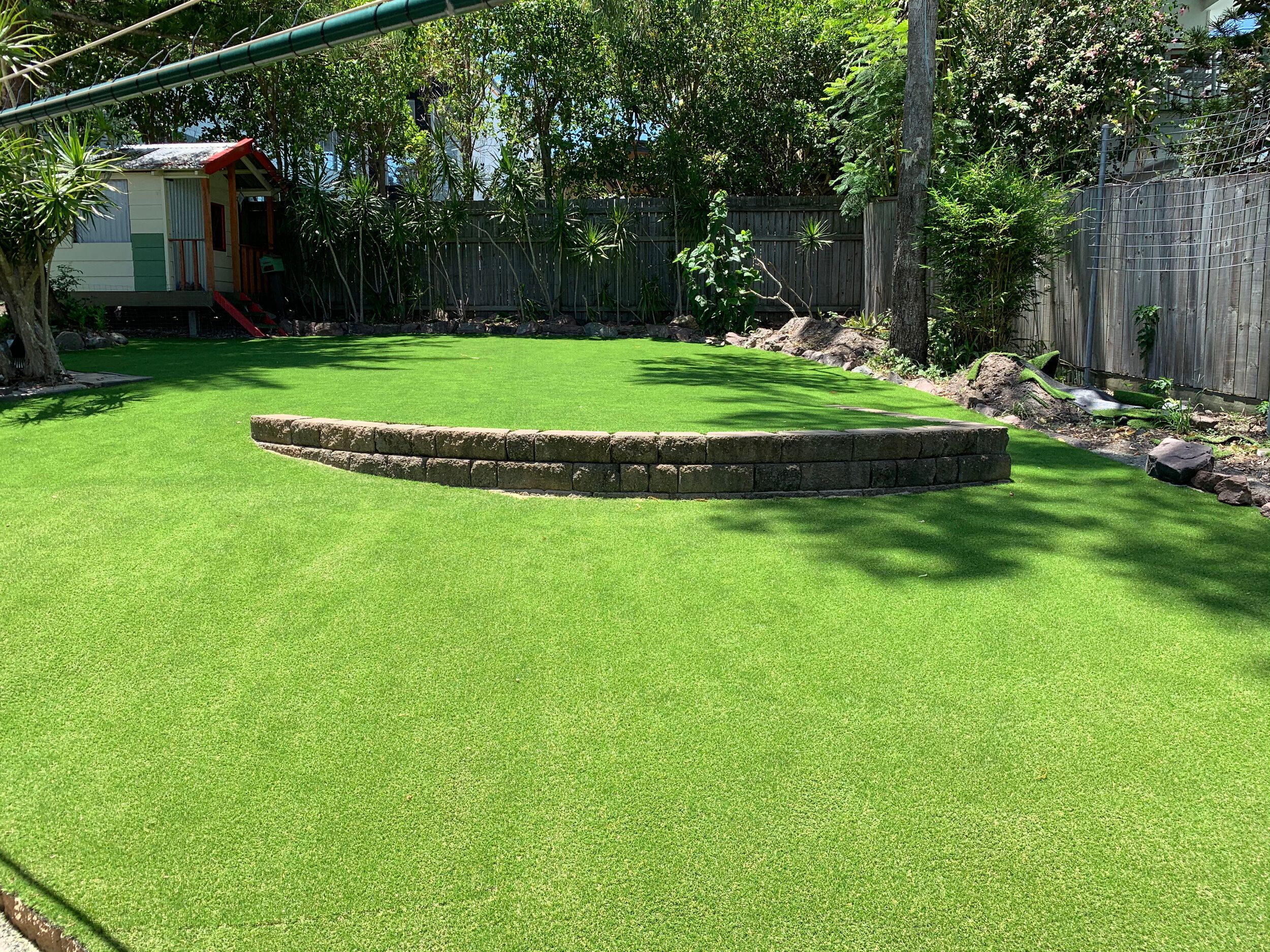
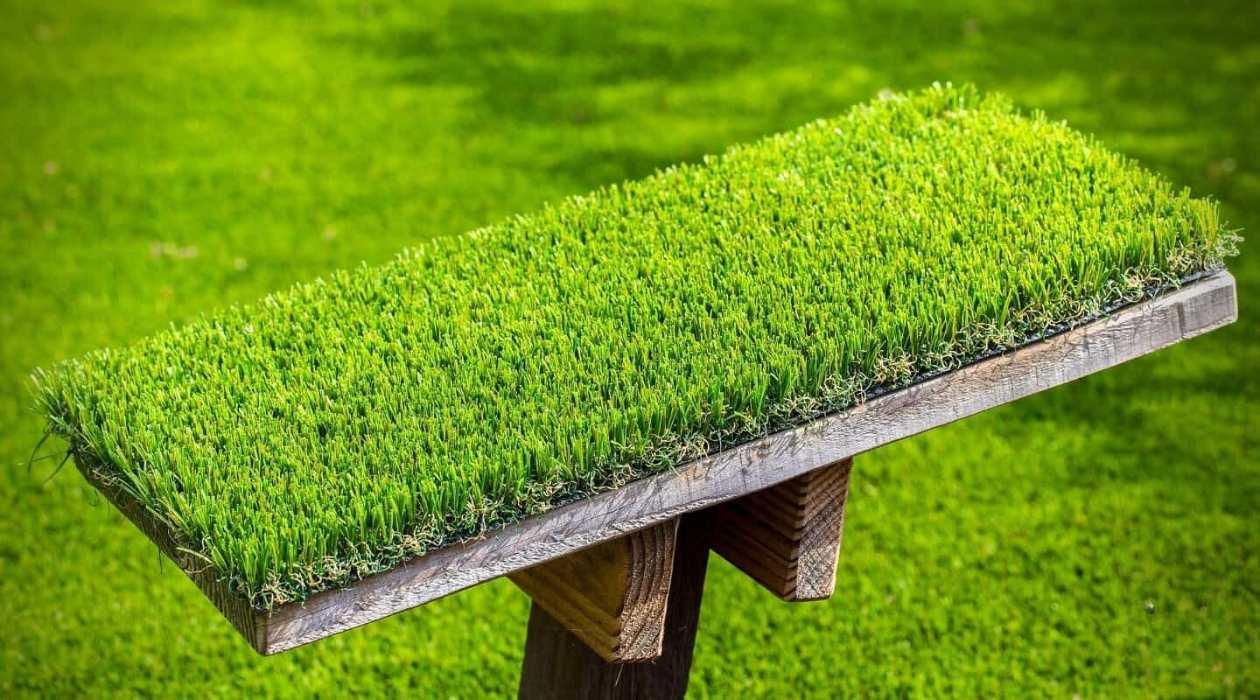
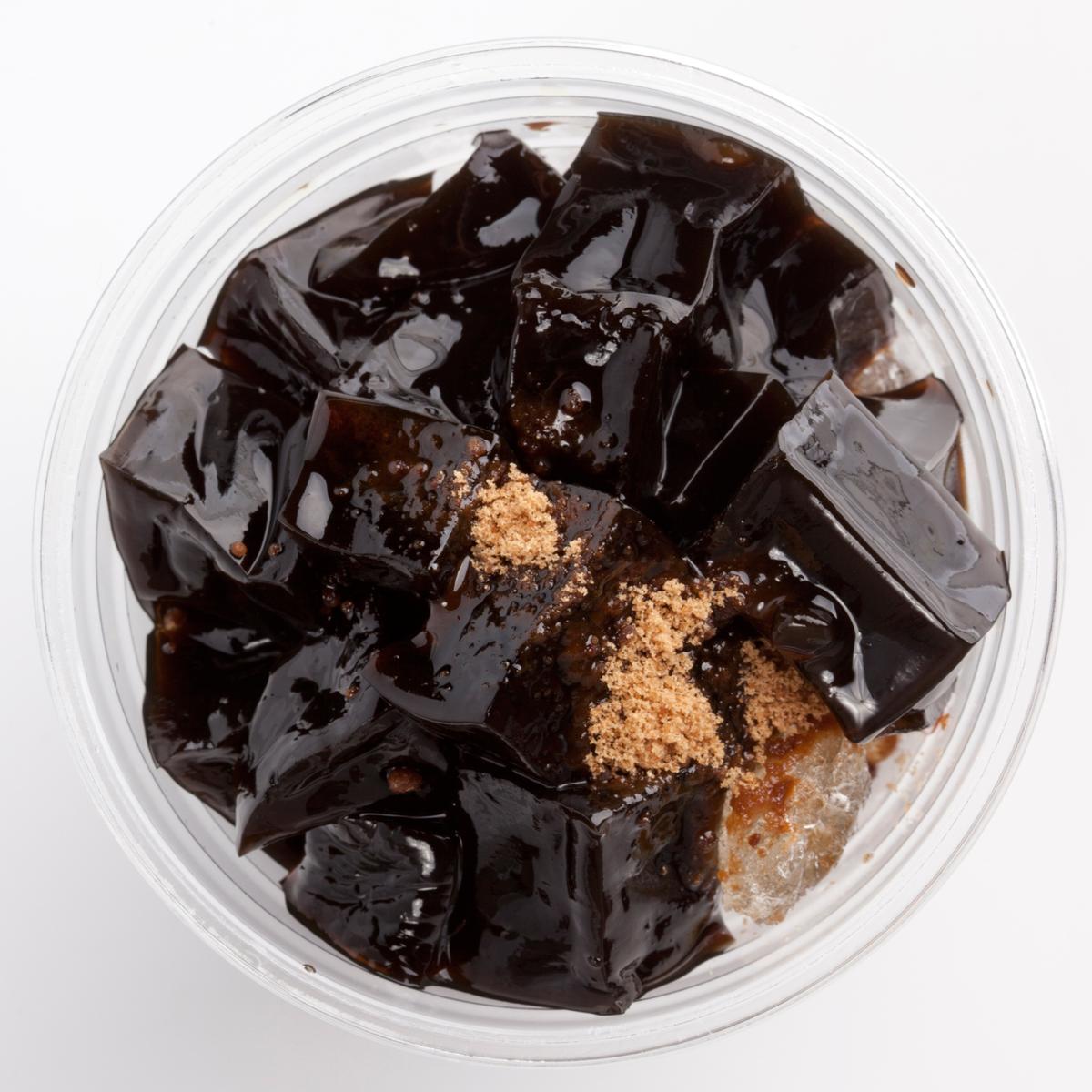
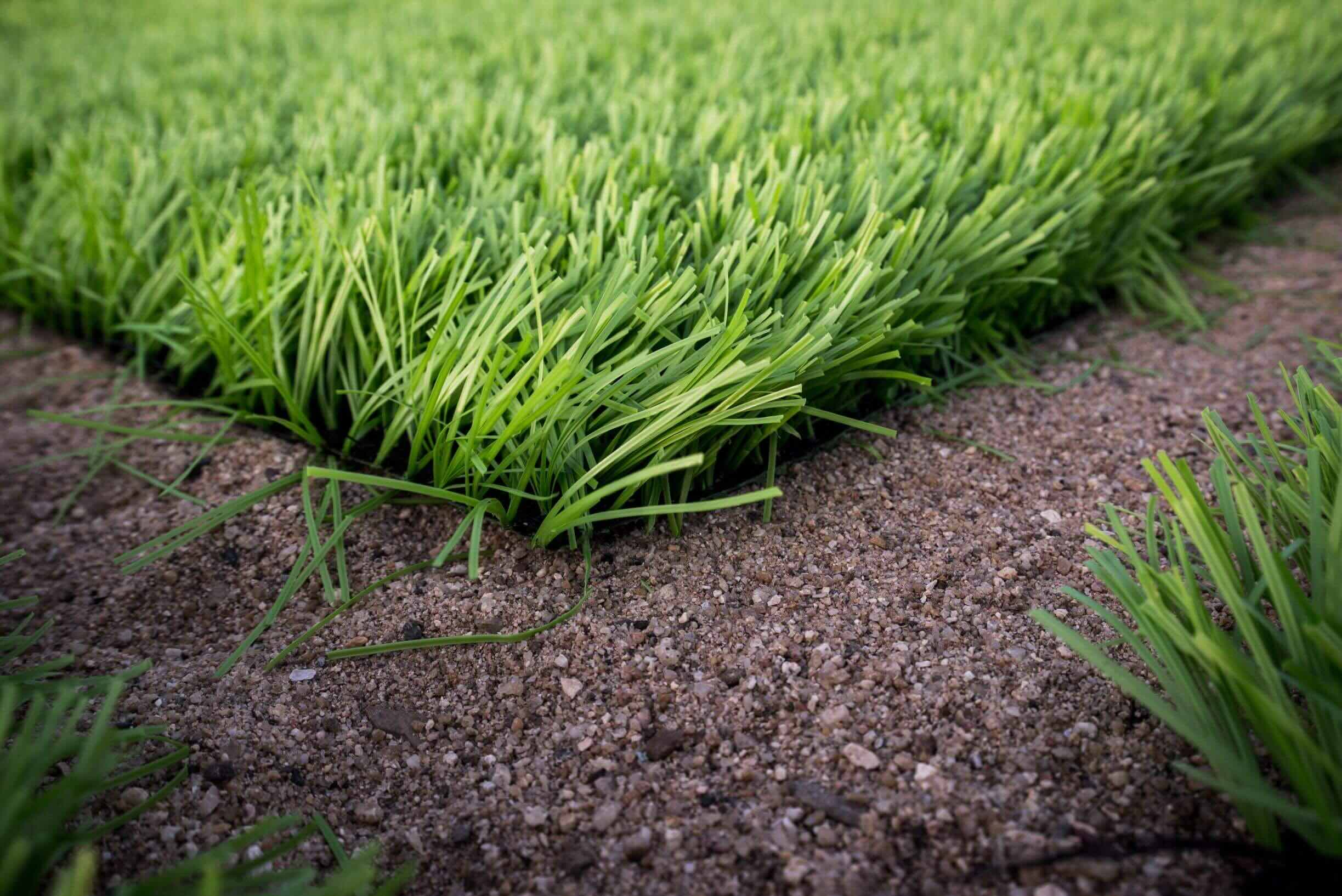
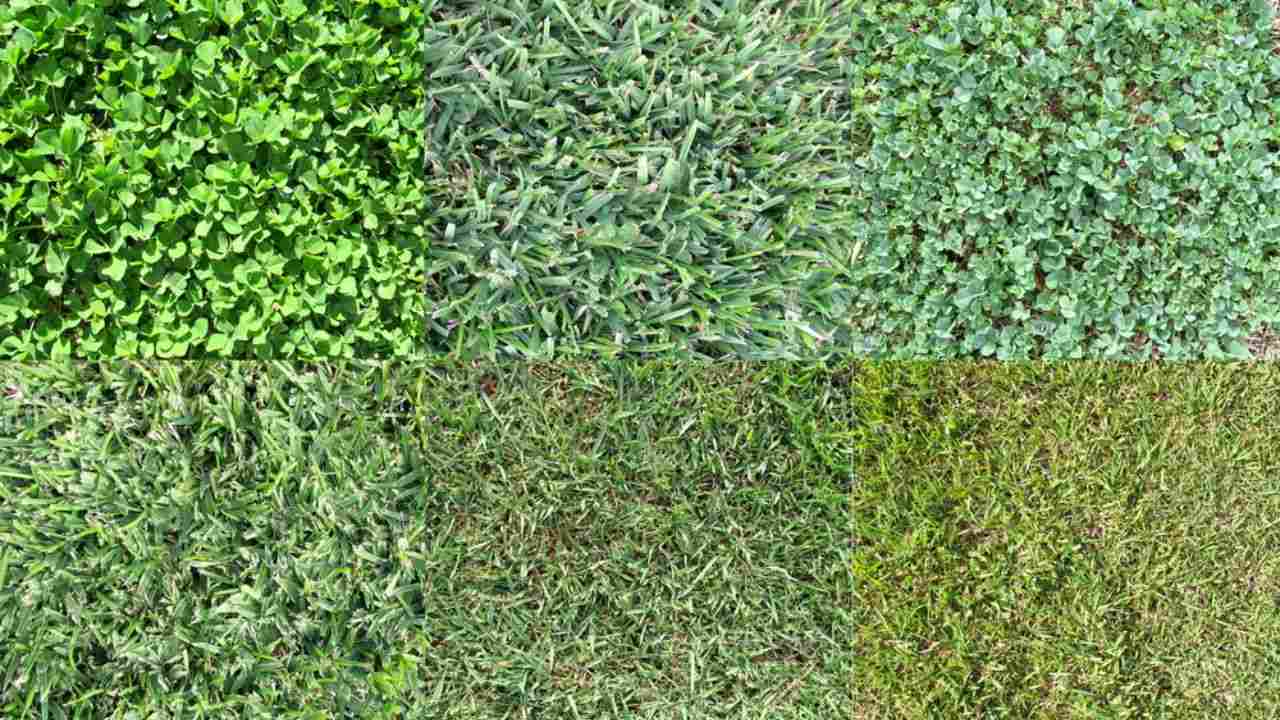
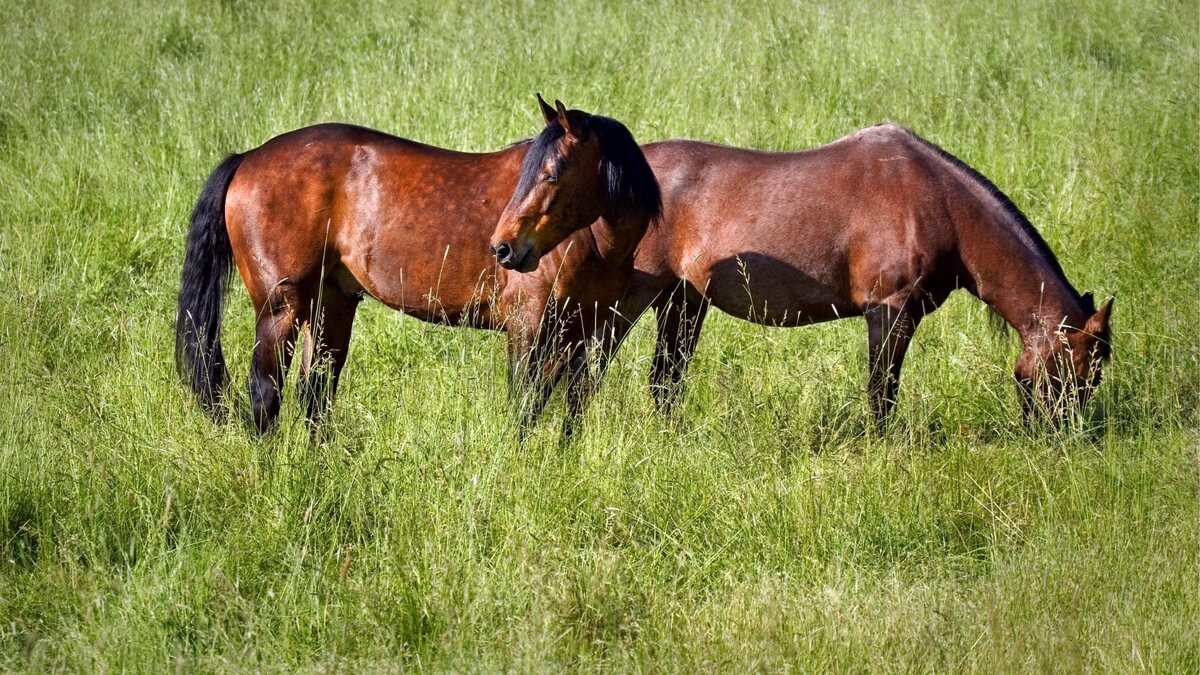
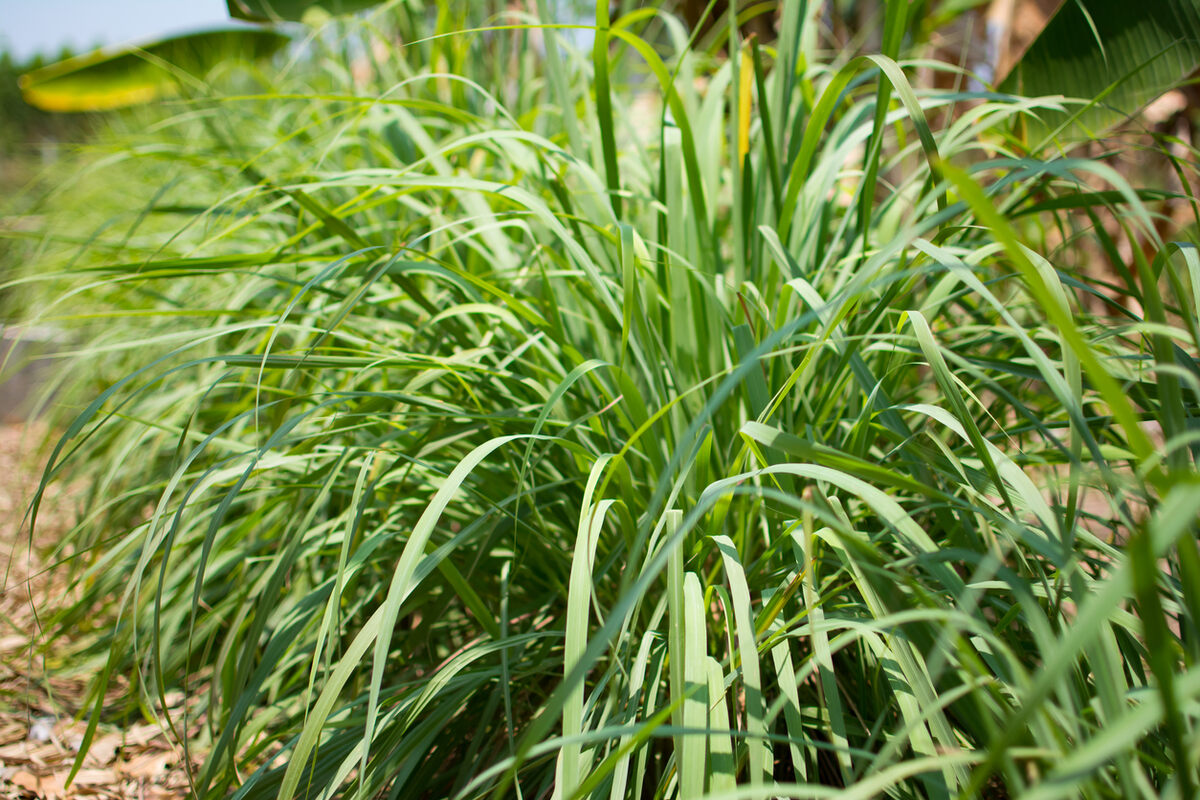
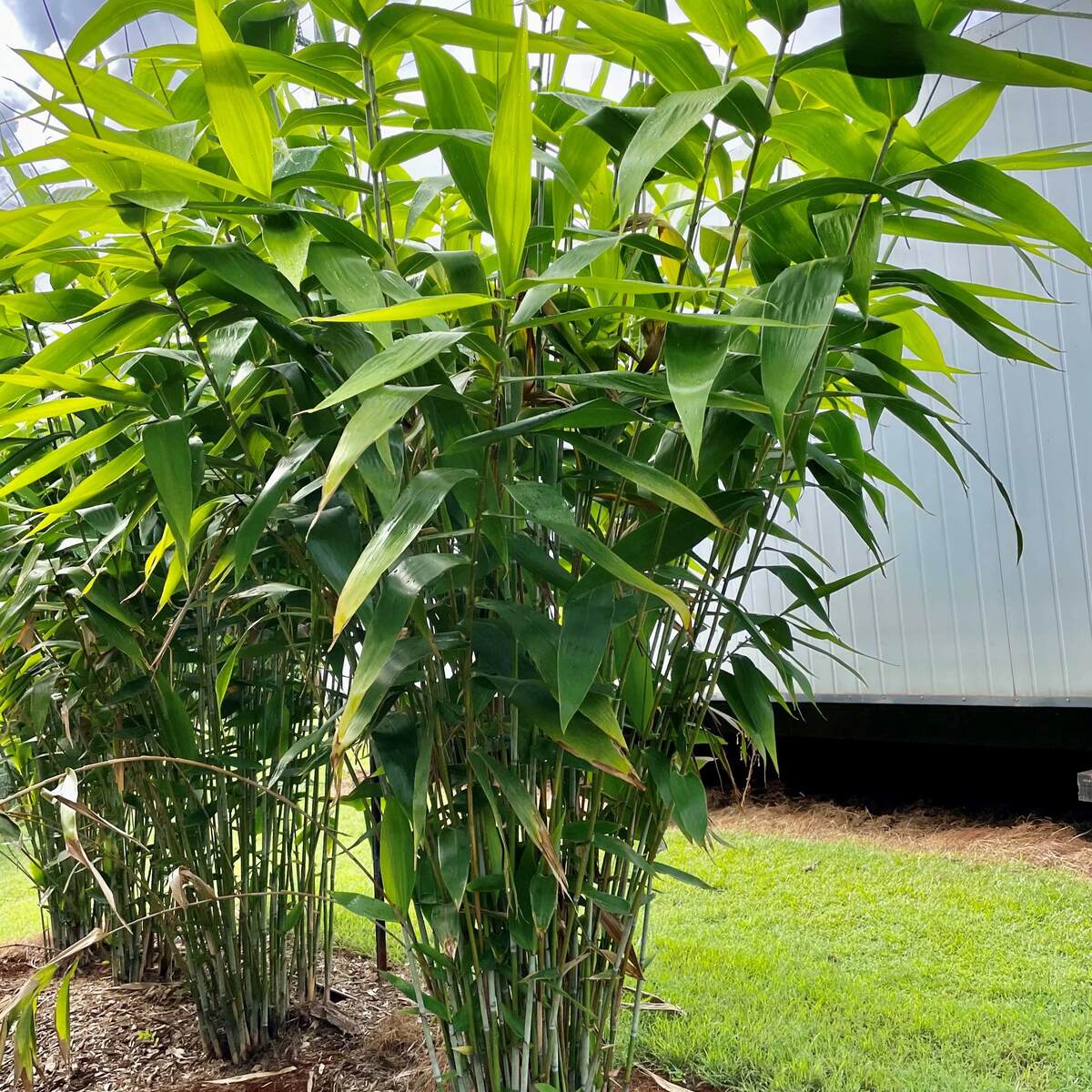
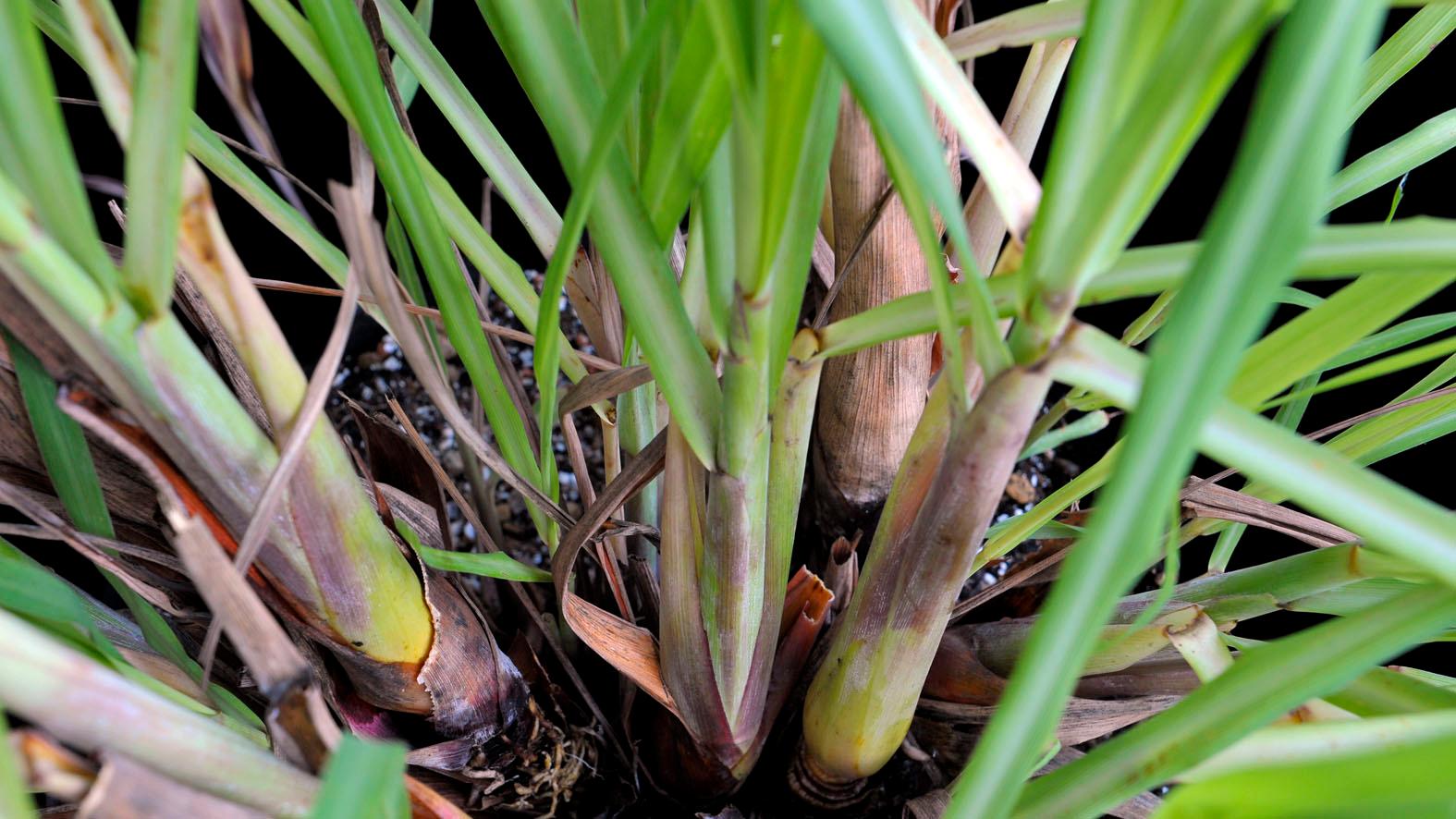
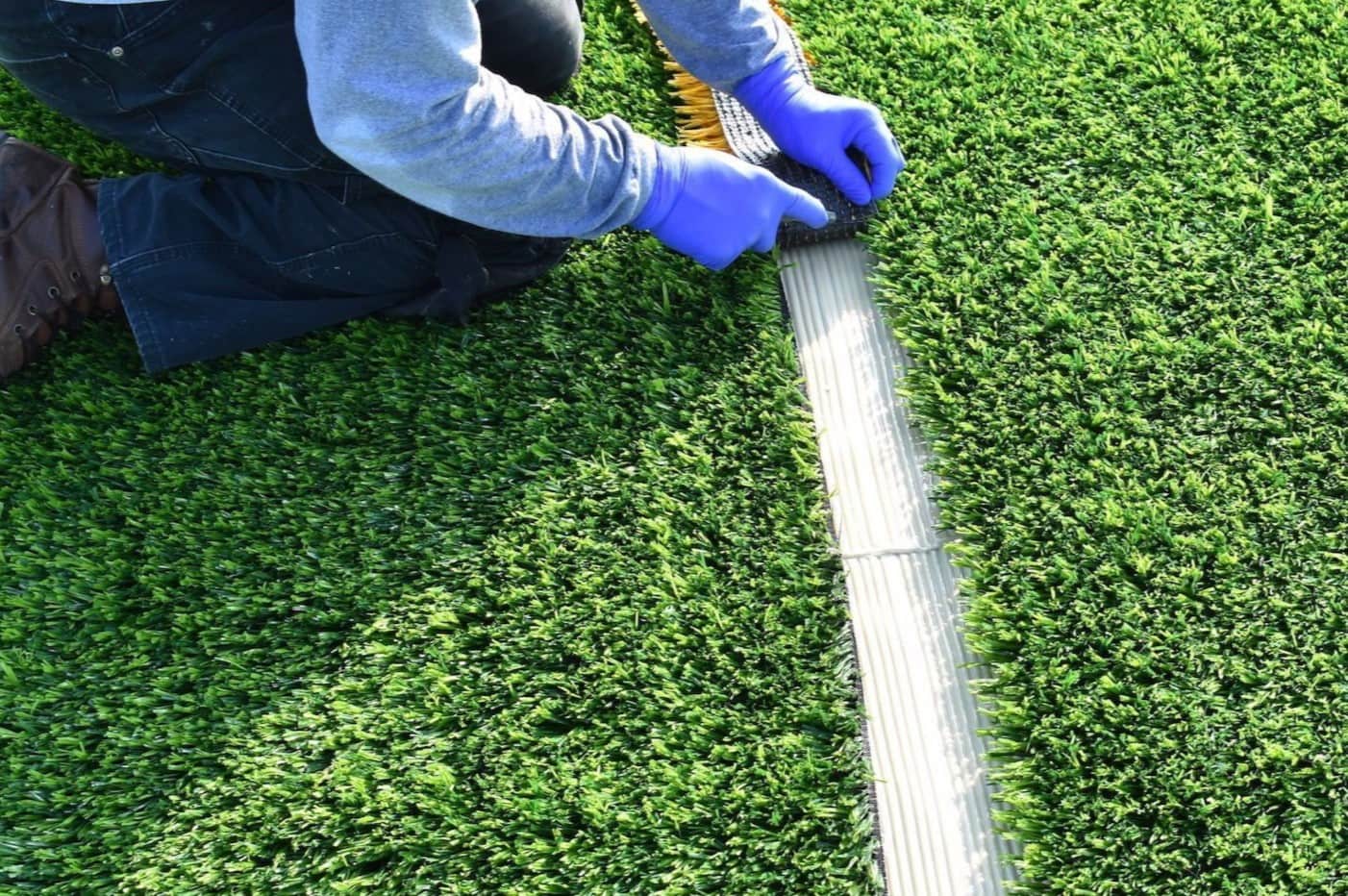

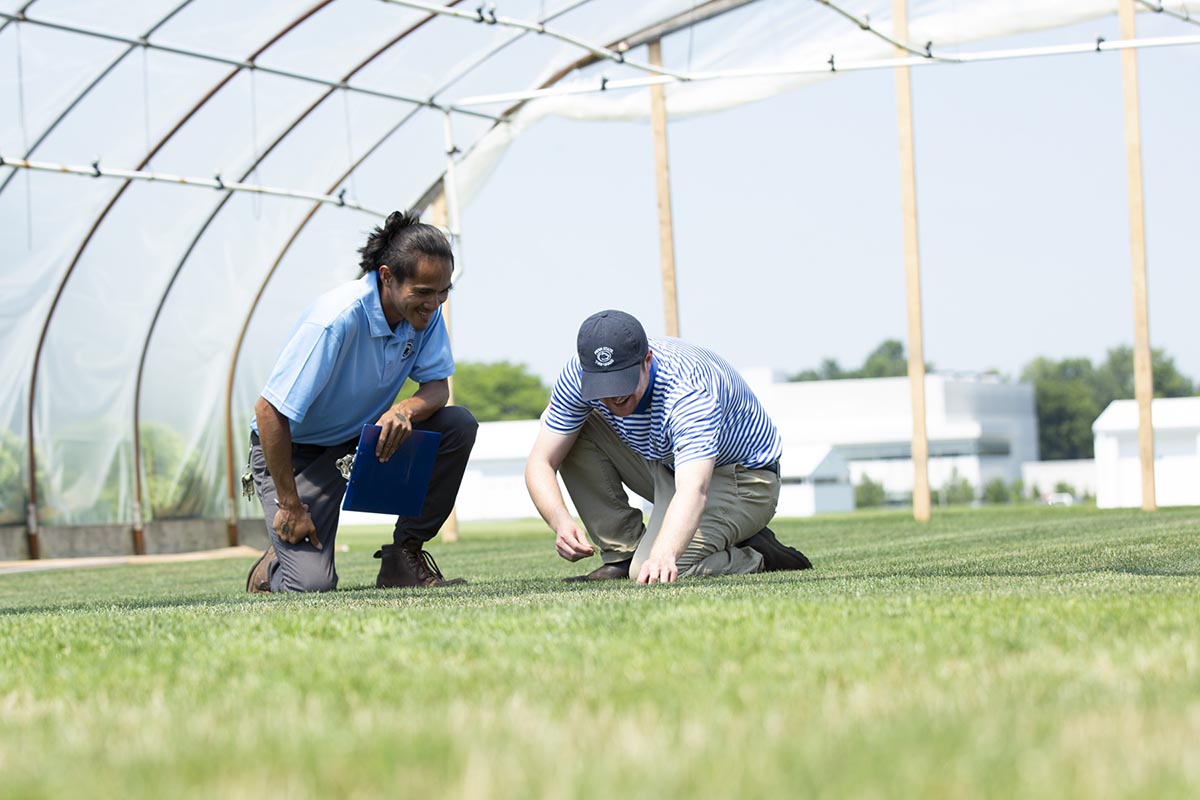
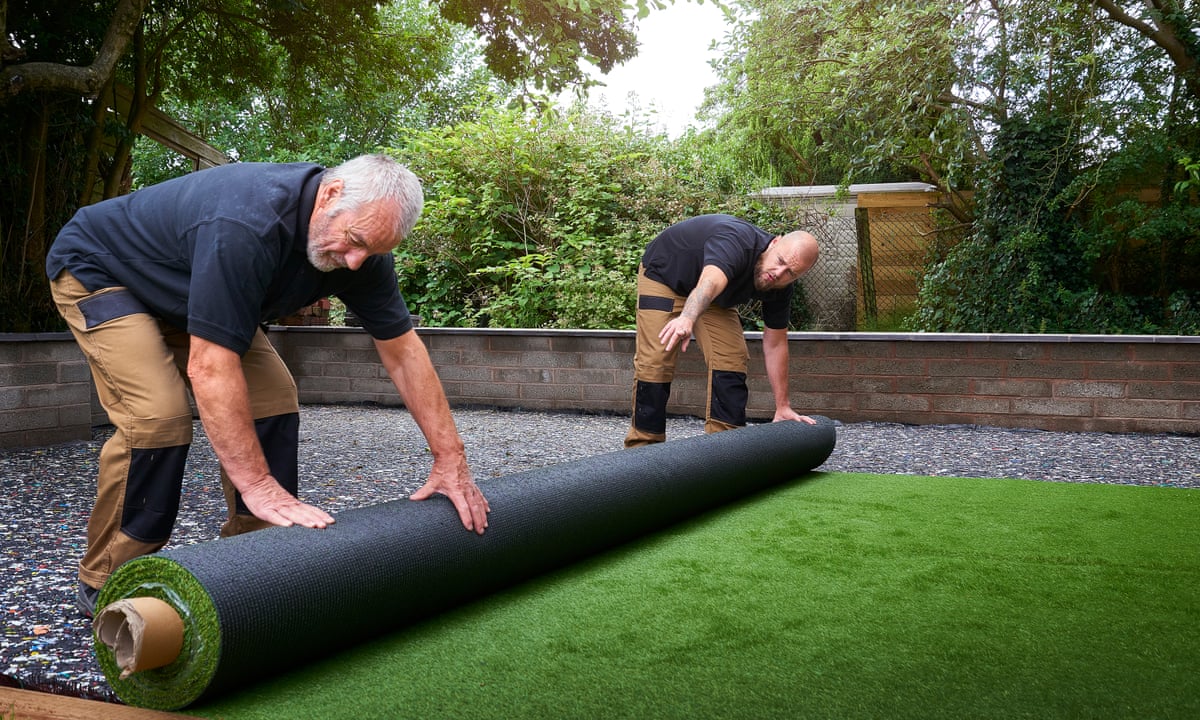

0 thoughts on “What Is Needed For Good Sports Turf Grass”